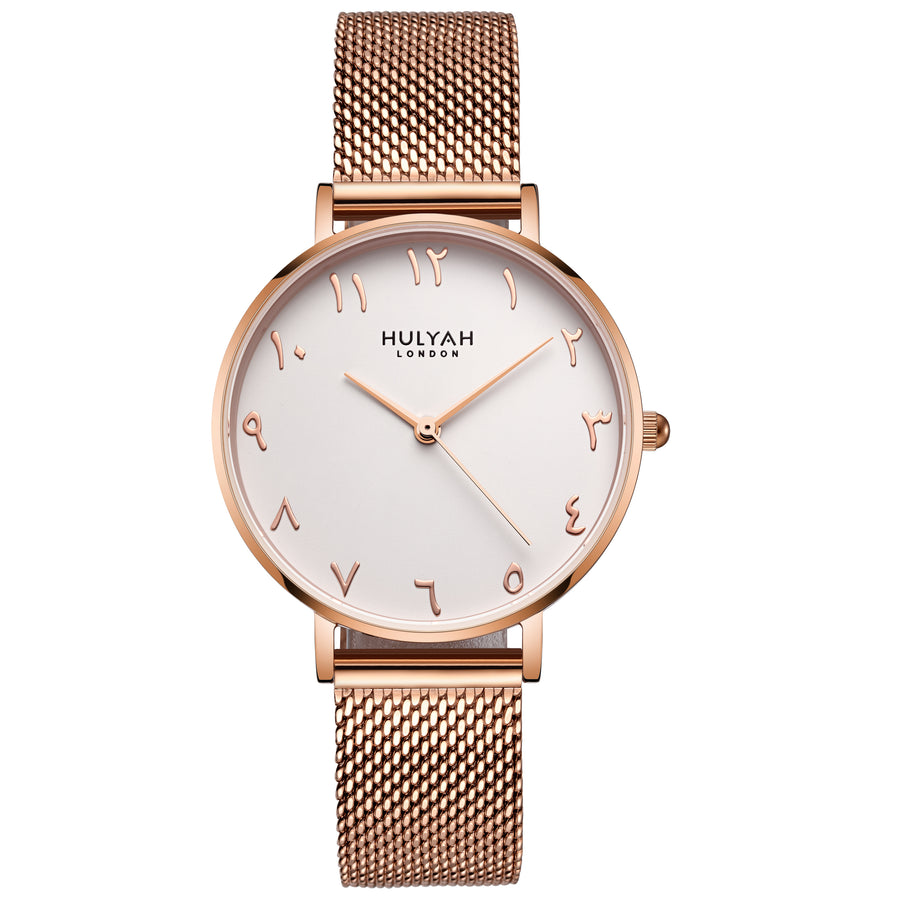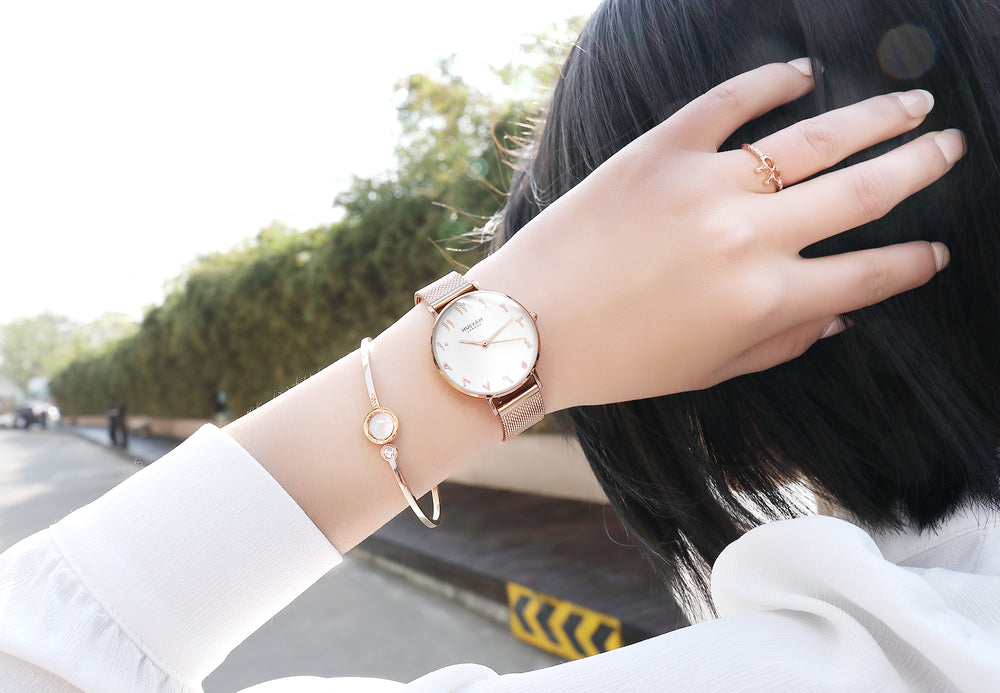Arabic-Hindu Numerals
Hindu-Arabic numerals, set of 10 symbols—1, 2, 3, 4, 5, 6, 7, 8, 9, 0—that represent numbers in the decimal number system. They originated in India in the 6th or 7th century and were introduced to Europe through the writings of Middle Eastern mathematicians, especially al-Khwarizmi and al-Kindi, about the 12th century. They represented a profound break with previous methods of counting, such as the abacus, and paved the way for the development of algebra.
The Hindu-Arabic system
Several different claims, each having a certain amount of justification, have been made with respect to the origin of modern Western numerals, commonly spoken of as Arabic but preferably as Hindu-Arabic. These include the assertion that the origin is to be found among the Arabs, Persians, Egyptians, and Hindus. It is not improbable that the intercourse among traders served to carry such symbols from country to country, so that modern Western numerals may be a conglomeration from different sources. However, as far as is known, the country that first used the largest number of these numeral forms is India. The 1, 4, and 6 are found in the Ashoka inscriptions(3rd century BCE); the 2, 4, 6, 7, and 9 appear in the Nana Ghat inscriptions about a century later; and the 2, 3, 4, 5, 6, 7, and 9 in the Nasik caves of the 1st or 2nd century CE—all in forms that have considerable resemblance to today’s, 2 and 3 being well-recognized cursive derivations from the ancient = and ≡. None of these early Indian inscriptions gives evidence of place value or of a zero that would make modern place value possible. Hindu literature gives evidence that the zero may have been known earlier, but there is no inscription with such a symbol before the 9th century.
The first definite external reference to the Hindu numerals is a note by Severus Sebokht, a bishop who lived in Mesopotamia about 650. Since he speaks of “nine signs,” the zero seems to have been unknown to him. By the close of the 8th century, however, some astronomical tables of India are said to have been translated into Arabic at Baghdad, and in any case the numeral became known to Arabian scholars about this time. About 825 the mathematician al-Khwārizmī wrote a small book on the subject, and this was translated into Latin by Adelard of Bath (c. 1120) under the title of Liber algorismi de numero Indorum. The earliest European manuscript known to contain Hindu numerals was written in Spain in 976.
The advantages enjoyed by the perfected positional system are so numerous and so manifest that the Hindu-Arabic numerals and the base 10 have been adopted almost everywhere. These might be said to be the nearest approach to a universal human language yet devised; they are found in Chinese, Japanese, and Russian scientific journals and in every Western language. (However, seethe table for some other modern numeral systems.)
| Comparison of selected modern systems of numerals | ||||||||||
|---|---|---|---|---|---|---|---|---|---|---|
| Hindu-Arabic | 1 | 2 | 3 | 4 | 5 | 6 | 7 | 8 | 9 | 0 |
| Arabic | ١ | ٢ | ٣ | ٤ | ٥ | ٦ | ٧ | ٨ | ٩ | ٠ |
| Devanagari (Hindi) | १ | २ | ३ | ४ | ५ | ६ | ७ | ८ | ९ | ० |
| Tibetan | ༡ | ༢ | ༣ | ༤ | ༥ | ༦ | ༧ | ༨ | ༩ | ༠ |
| Bengali | ১ | ২ | ৩ | ৪ | ৫ | ৬ | ৭ | ৮ | ৯ | ০ |
| Thai | ๑ | ๒ | ๓ | ๔ | ๕ | ๖ | ๗ | ๘ | ๙ | ๐ |
The binary system
There is one island, however, in which the familiar decimal system is no longer supreme: the electronic computer. Here the binary positional system has been found to have great advantages over the decimal. In the binary system, in which the base is 2, there are just two digits, 0 and 1; the number two must be represented here as 10, since it plays the same role as does ten in the decimal system. The first few binary numbers are displayed in the table.
| decimal | binary | conversion |
|---|---|---|
| 0 | 0 | 0 ( 20 ) |
| 1 | 1 | 1 ( 20 ) |
| 2 | 10 | 1 ( 21 ) + 0 ( 20 ) |
| 3 | 11 | 1 ( 21 ) + 1 ( 20 ) |
| 4 | 100 | 1 ( 22 ) + 0 ( 21 ) + 0 ( 20 ) |
| 5 | 101 | 1 ( 22 ) + 0 ( 21 ) + 1 ( 20 ) |
| 6 | 110 | 1 ( 22 ) + 1 ( 21 ) + 0 ( 20 ) |
| 7 | 111 | 1 ( 22 ) + 1 ( 21 ) + 1 ( 20 ) |
| 8 | 1000 | 1 ( 23 ) + 0 ( 22 ) + 0 ( 21 ) + 0 ( 20 ) |
| 9 | 1001 | 1 ( 23 ) + 0 ( 22 ) + 0 ( 21 ) + 1 ( 20 ) |
| 10 | 1010 | 1 ( 23 ) + 0 ( 22 ) + 1 ( 21 ) + 0 ( 20 ) |
A binary number is generally much longer than its corresponding decimal number; for example, 256,058 has the binary representation 111 11010 00001 11010. The reason for the greater length of the binary number is that a binary digit distinguishes between only two possibilities, 0 or 1, whereas a decimal digit distinguishes among 10 possibilities; in other words, a binary digit carries less information than a decimal digit. Because of this, its name has been shortened to bit; a bit of information is thus transmitted whenever one of two alternatives is realised in the machine. It is of course much easier to construct a machine to distinguish between two possibilities than among 10, and this is another advantage for the base 2; but a more important point is that bits serve simultaneously to carry numerical information and the logic of the problem. That is, the dichotomies of yes and no, and of true and false, are preserved in the machine in the same way as 1 and 0, so in the end everything reduces to a sequence of those two characters. ( From Britannica)


